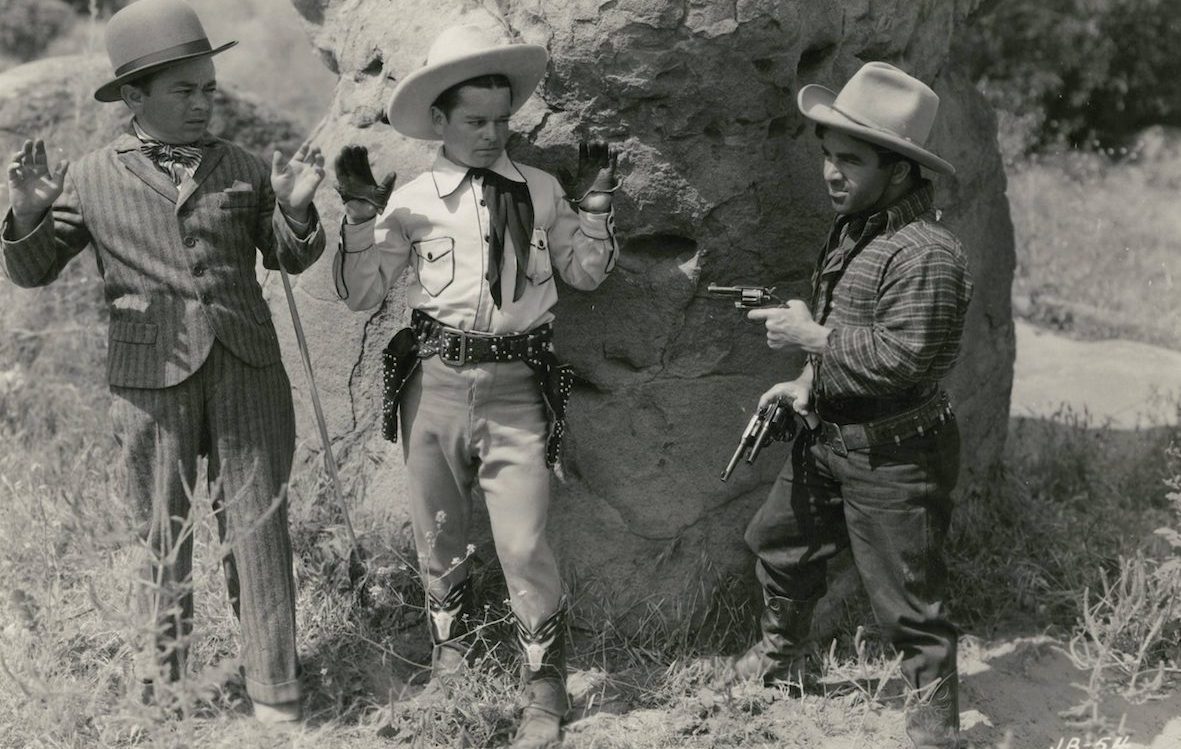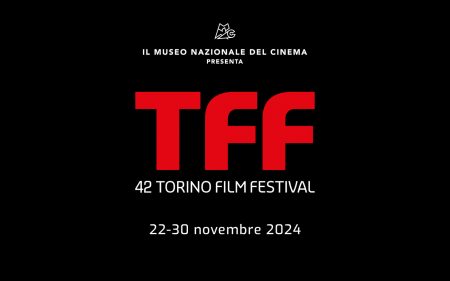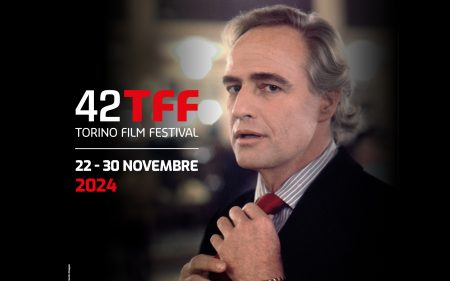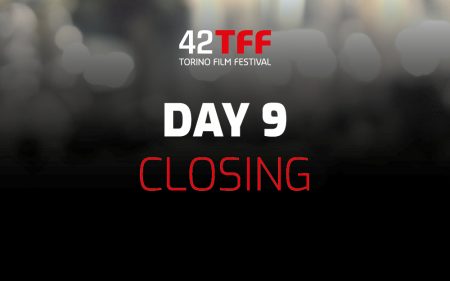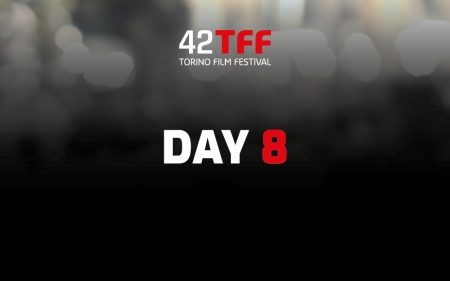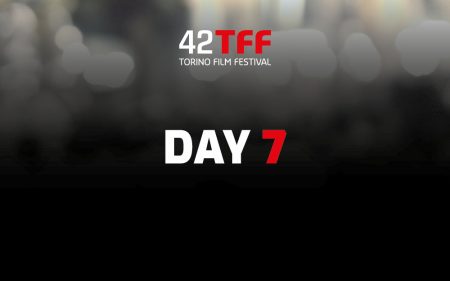Mezzogiorno di fuoco (High Noon) was thought to cover the noon time slot with screenings of what still today is considered the ‘American cinema par excellence’, loved by cinephiles from all around the world among different generations.
Especially loved by the artistic director Steve Della Casa, the western genre has been the main character of the editions from 1999 to 2002, which were directed by him, with tributes to Howard Hawks, Budd Boetticher, Anthony Mann and John Ford.
During the past twenty years in which the possibility to watch films from every era has become always simpler, it was decided to propose to the public eight less known works, which one can hardly find in the pages of history of cinema, despite having many reasons of interest, not least the one of being considered actual cult films from critics and western lovers like Bertrand Tavernier or Phil Hardy. Instead of John Ford or Howard Hawks we find Ray Enright or Lesley Selander, as opposed to John Wayne and Gary Cooper the public will see Randolph Scott or Sterling Hayden to action.
When choosing films, we placed great emphasis on the heterogeneity of tones, in order to propose very different works to the public. In addition, we juxtaposed strictly classic westerns with some ‘eccentricities’, as it can be proved by the presence of THE TERROR OF TINY TOWN, the most distant work in time among the one proposed: a 1938 production starring only dwarf actors by director Sam Newfield and producer Jed Buell, authors in the year before of the first western with an entirely African-American cast, Harlem on the Prairie.
Eccentric is also the erotism characterising FOUR GUNS TO THE BORDER (1954), actor Richard Carlson’s debut as director, which is the adaptation of a Louis L’Amour’s novel that strongly relies on the looks of the sensual Colleen Miller.
Without a doubt, eccentricity is present also in TERROR IN A TEXAS TOWN, the only acclaimed cult film of the section which in 1958 ends Joseph H. Lewis’ cinematographic career as one of the most loved B-movies author with an historic duel between the black dressed gunslinger and the protagonist (Sterling Hayedn), a sailor armed with just a whaler’s harpoon.
In the wide range of situations, landscapes, plots and film styles we want to propose, we couldn’t leave out the American Civil War, whose consequences reverberate on the lives of the protagonists of THE ROMANCE OF ROSY RIDGE (1947) by Roy Rowland, in which the irreconcilable divisions that still seem to characterise the contemporary United States are shown, however in poetic tones and with a few musical moments.
Opposites seem to be FOUR FACES WEST (1948) and SHOTGUN (1955). The former, signed by the great but unknown Alfred E. and starring the kindly star Joel McCrea, is an unusually quiet western in which not even gunfire is fired (the film flopped at the time); the latter, one of the best of the more than 100 westerns directed by Lesley Selander, is on the contrary a tense and brutal work, with a story of revenge filmed in blazing Technicolor at its centre.
Dry and essential (but shot in the more economical Cinecolor) is also CORONER CREEK(1948) by Ray Enright, a western that seems to anticipate those that Randolph Scott would play in the following years for Budd Boetticher.
This selection could not fail to include a psychological western, a sub-genre very much in vogue from the late 1940s onwards: the choice fell on Harry Keller’s SEVEN WAYS FROM SUNDOWN from 1960 (it is the most recent of the eight films in the review), with another one of the specialising in western actors: Audie Murphy.
Sometimes these works refer to more successful models, while other times they anticipate them. They present peculiar characteristics accounting all the while for an extremely rich panorama of low-budget, genre productions of classic Hollywood cinema. But above all, they give the Torino Film Festival audience the chance to enjoy on the big screen a type of film that, more than any other, inevitably ends up being penalised when viewed from home. Those who love cinema at the theatre should not miss them.

